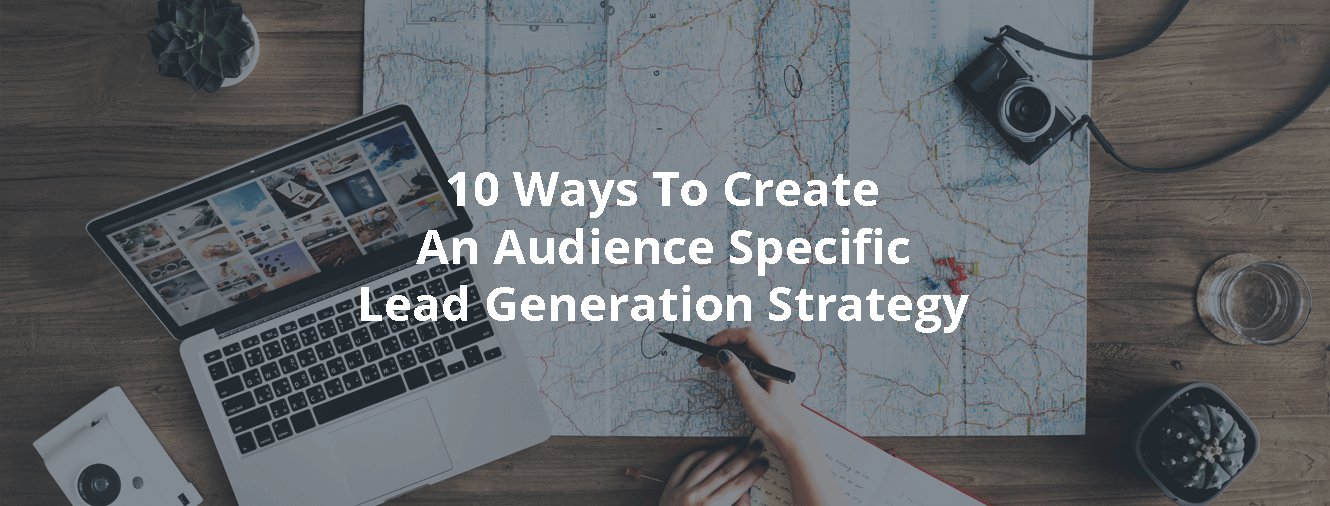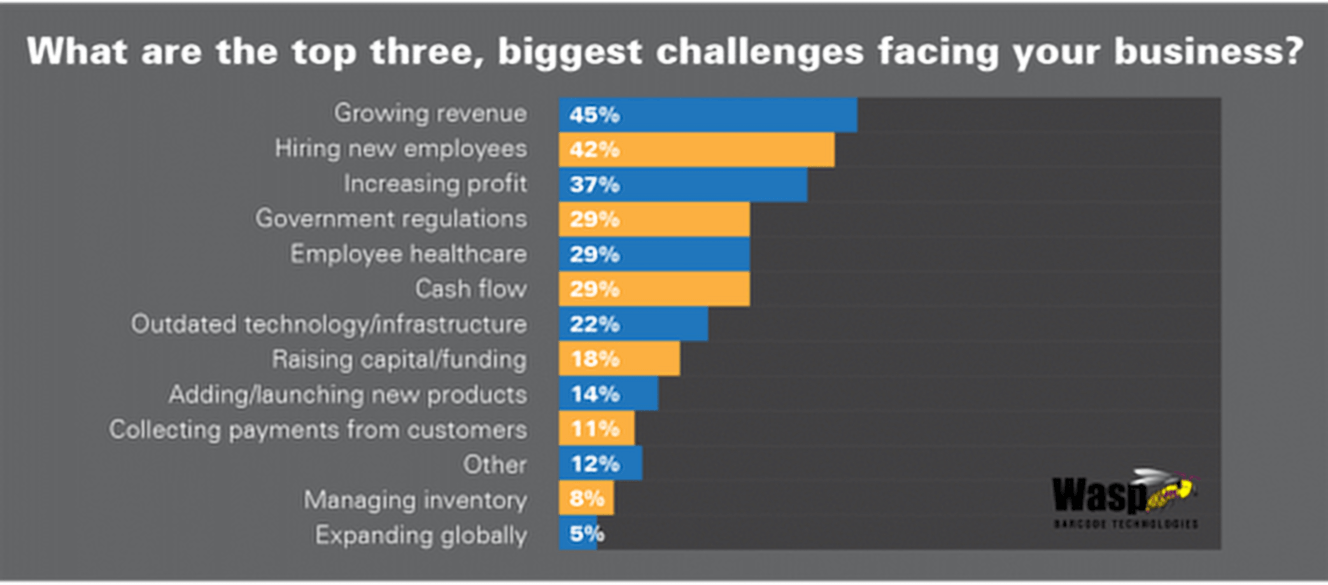
One of the first things on everybody’s mind when they start a new website is to produce as much content as possible. After all, we want to get those backlinks, and we want to get a consistent stream of visitors to your website right?
Months go by, and you start to see more and more traffic coming it, this is a good indicator that you’re on the right track solving the same problems that your product is solving through the media you’re creating and promoting.
But did you know that the average lifespan of a webpage is around 100 days? According to Brewster Kahle, digital librarian at the Internet Archive in San Francisco, links tend to go bad over time due to moved or deleted content or changes in permalink structure.
So this means, that the beautiful, interesting experience your visitor is expecting can turn sideways when they are greeted with the dreaded 404, or “page not found” message.
One error page can kill all your hard work.
And what will the visitor do? They will hit that back button in their browser and go straight back to the search result page, trying to find a website that CAN help them with their problems.
Your first opportunity to impress a new lead and you just blew it, outdated and permanently moved web pages will leave your leads hanging without you giving them the opportunity to start a loving relationship.
No wonder that according to a 2010 study by Firefox, the back button was the most used navigational feature in their browser.
Although there is no formal estimate of the amount of lost sales and opportunities caused by people landing on a “page not found” page, we’re pretty sure every lost sale opportunity is one to money.
It isn’t all bad news though because 404 pages also represent opportunities if done well. If someone lands on your 404 page, you have their attention. How you use that attention is directly related to how successful your site will be in converting visitors.
This article will focus on turning those 404 error pages, into revenue, leads and sales.
Read more…










